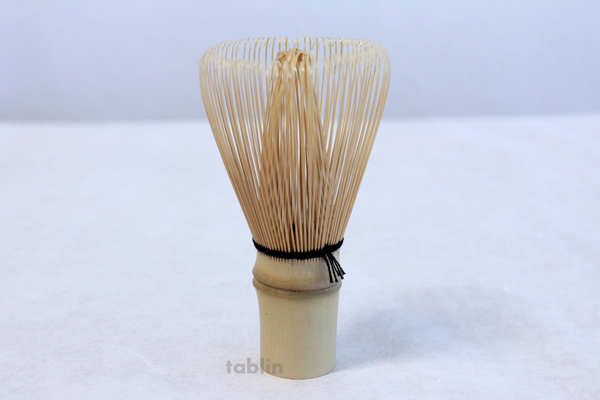
One of the tools used in making tea during a tea ceremony is the tea whisk. Ninety-five percent of the tea whisks produced in Japan are made in Takayama, located in Ikoma City, Nara Prefecture.
I visited Mr. Yasaburo Tanimura of Suikaen to ask him about tea whisk-making techniques which have been handed down unchanged for the past five hundred years here in Takayama.
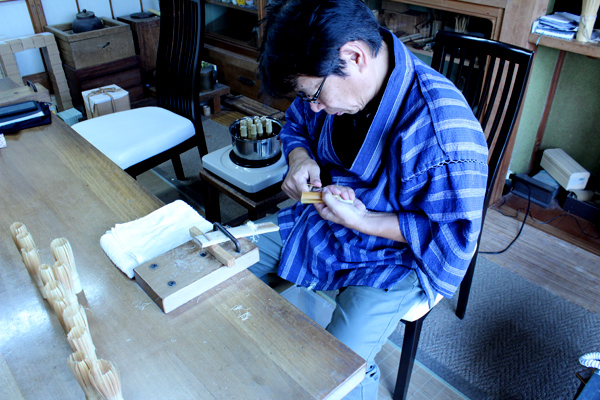
The History of Tea Whisks in Takayama
Juko was the first person to develop the “wabi cha” style of tea ceremony which is practiced until today. It is said that when he first thought of drinking powdered tea leaves, the tea whisk was devised to use during the ceremony. After being commissioned by the son of the feudal lord who ruled Takayama, the Takayama tea whisk was born.
Five hundred years ago, Takayama tea whisks, which were first made during the Muromachi Period, were made by samurais who defended the Buddhist temple complex Todaiji as a side job. The techniques were only permitted to be passed on to blood relatives; and only to the first-born son, which allowed for the handing down of skills for the production of tea whisks in Takayama and its continued preservation.
This rule was followed until 1920 (before the Second World War), but with the backdrop of decreasing tea whisk head craftsmen after the war, apprentices are no longer confined to blood relatives; they are now recruited from far and wide, ensuring the continuation of these techniques until the coming generations.
* Samurais lived off their salaries from their respective feudal clans, but there were also a lot of impoverished samurais, and those who made a living from side jobs weren’t few in number.
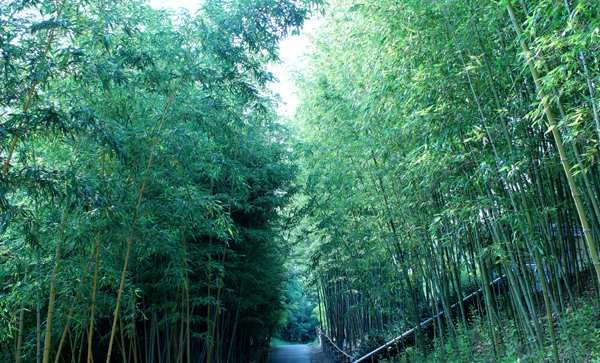
By taking time, only good-quality materials naturally rise above the rest
With regards to bamboo which is the raw material for tea whisks, winter is the only time when insects don’t approach the bamboo and when their strength is at its peak so they are only felled during this time. After removing the oils by boiling the bamboo in a pot, they are left to dry under the gentle rays of the winter sun. They are then stored for 2-3 years and only good-quality bamboo is used in making tea whisks and tea ladles.
*Harvesting bamboo is only conducted in Takayama or in neighboring bamboo forests.
By taking years to process the materials, unsuitable bamboo crack, or change color with the passing of time, so only good-quality materials naturally rise above the rest.
Production itself is conducted throughout the year but preparing the materials in only carried out during severe winters. Seeing bamboo drying out has become an emblem of Takayama.
 (bamboo drying out in Takayama)
(bamboo drying out in Takayama)
Techniques that have remained unchanged for five hundred years
Bamboo that has been stored are peeled, and after being divided into sixteen parts with a knife; and depending on the type of tea whisk; the bamboo are finely shaved further, and are shaped and turned into finished products.
 (The left side is raw bamboo, and the finished product is on the right.)
(The left side is raw bamboo, and the finished product is on the right.)
Each step of the process is divided among craftsmen, and here at Suikaen there are ten artisans who complete the tea whisks through their handiwork.
(Aji Kezuri)
The tines are steeped in hot water, and are then shaved thinner and thinner up until the tips are formed. The tines are then shaped so that the inner parts become rounded.
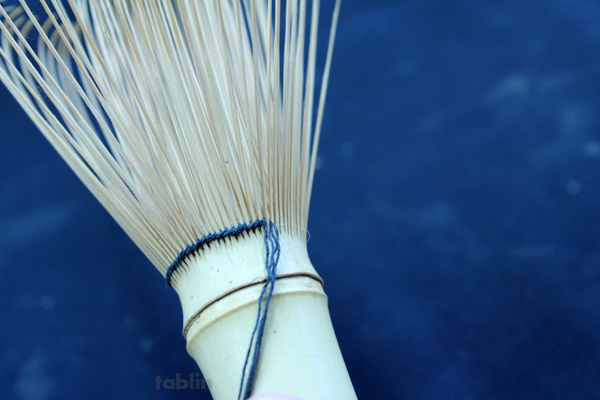 (Uwa ami)
(Uwa ami)
I also tried my hand at the process called “uwa ami.” This is the stage wherein thread is woven into each of the tines near the base of the whisk; a rather delicate and astounding task.
(Finishing)
Arranging the tines of the whisk, then finishing off by adjusting its shape.
Takayama tea whisks are made just by using a knife and the fingertips, a highly-acclaimed technique known as “fingertip art.”
These traditional techniques manipulate the material into something with the thickness of paper. It not only gives a fine, smooth foaming of tea but it also has durability and a unique texture – a tool of high quality.
Today, aside from industrial products, Japanese traditional products are manufactured and distributed abroad; but there are still a lot of things that can only be obtained in certain areas, just like Takayama tea whisks – a traditional art continuously handed down and made with the spirit of crafting things without compromise.
A tool that is also a traditional art, and the appeal of merit such as the history and culture of a place is probably the reason why many people are attracted to it.
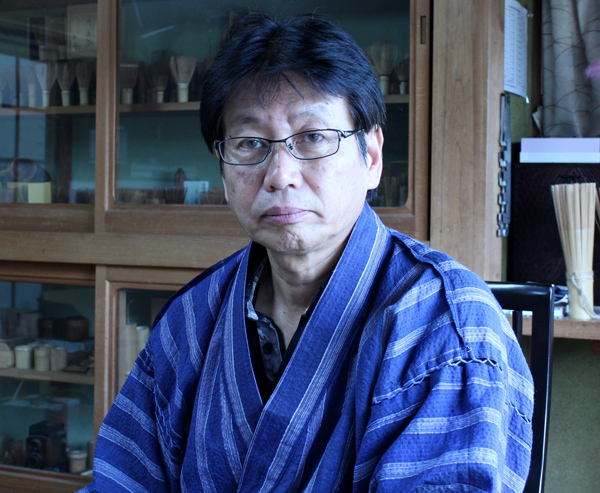
This is Mr. Yasaburo Tanimura, a traditional craftsman and the head of Suikaen. When he was 35 years old, his predecessor passed away at a young age, so he took over Suikaen and has continued preserving traditional techniques.
Suikaen not only manufactures tea whisks and tea ladles; it also conducts services such as managing tea ceremony schools, holding tea ceremony gatherings and providing food to accompany tea ceremonies so as to widely convey and preserve the culture and spirit of the tea ceremony.
Suikaen
Website: http://www.yasaburo.com/
5725 Takayama-Cho Ikoma-Shi Nara-ken Japan 630-0101
TEL:81-743-78-0053
大きな地図で見る
Takayama Tea Whisks (Chasen) of Japanese tea ceremony by Mr. Yasaburo Tanimura of Suikaen: A traditional art handed down unchanged for the past five hundred years and made with the spirit of crafting things without compromise.
– 2013/10/01Posted in: Japanese tablin news, traditional craft